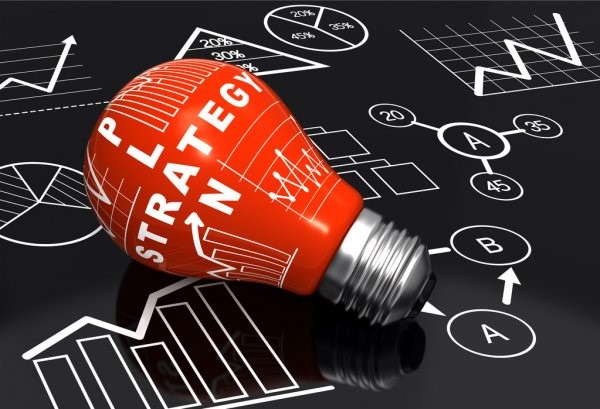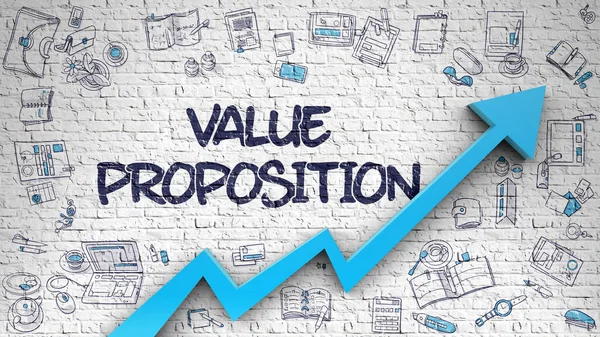I’m frequently asked whether there’s a difference between “strategy” and the act of “strategic planning.”
The answer is a resounding YES!
Strategic planning is a management process – a process that helps the planning team envision and “narrow down” the focus on a future. This envisioned future results in a strategic plan and includes a set of specific, measurable (SMART) goals, programs and strategies to achieve the envisioned future.
However, strategy is different.
Strategy is the set of CHOICES a leadership makes to achieve a competitively advantaged market position. These choices, or strategies, deliver added value from a differentiated set of activities over those of the competition.
Strategic Planning
Strategic planning is a process that creates execution plans describing specific goal outcomes, how measured, and what gets done by the end of the strategic plan and tracked/measured on a regular basis.
Strategy
The strategic planning process itself should either incorporate, or lead to follow-on, deep-dive strategy discussions.
According to strategy expert Michael E. Porter, strategy is about creating superior economic performance. He adds that the essence of this performance includes what an organization’s leadership team chooses NOT to do!
To create strategy, a leadership team will look first to the external environment to gauge market conditions, assess what the competition is doing, and then, after analysis, will determine what the strengths, weaknesses, threats and opportunities will be as it relates to the competition and gaining a competitive advantage. These choices are the “hows” of implementing strategic goals – the “hows” of achieving a competitively advantaged market position.
Timely example: Target Drive Up
A great example of this can be seen by observing the giant retailer Target, and its timely sales strategy, Drive Up, rolled out to all 50 U.S. states by August of 2019.
Target’s strategic planning process resulted in the company’s strategic revenue goal – the envisioned future mentioned earlier.
But the strategy – the “how” – included a new competitive bombshell: Target’s new Drive Up program.
Market research revealed escalating customer preference for convenience. Competitors such as Walmart and Amazon were already offering in-store pick-ups and self-service experiences.
In early 2017, Drive Up was powered by Target’s phone app and built by a team of eight, including four engineers. Then, Target bought Shipt, a grocery delivery service – another “how” strategy. By summer 2017, Drive Up was being tested internally. By October, it had rolled out to consumers in Target’s home market. [1]
In April of 2018, the company introduced Drive Up to its first locations outside of Target’s hometown market of Minneapolis-St. Paul, where it had been in testing. Drive Up was then expanded across nearly 270 stores in Florida, Texas, and the Southeast. By summer 2018, Drive Up reached more than 800 stores[2].
By late 2019, all U.S. stores were equipped with the Drive Up program. And what timing! A few months later, the global COVID-19 pandemic created huge market demand for Drive Up. Many customers were glad to pick up essential goods without entering stores.
In this case, the difference between strategic planning and strategy is clear.
Strategic planning created Target’s company envisioned revenue target. However, the strategy of Drive Up and buying a delivery company created the HOW. The Drive Up program was created, tested, and scaled up to dramatically boost Target’s revenue, just in time for a global pandemic.
[1] Tech Crunch: https://techcrunch.com/2018/04/17/target-expands-its-drive-up-service-to-270-stores-across-florida-texas-and-the-southeast/
[2] Tech Crunch: https://techcrunch.com/2019/08/29/targets-drive-up-pickup-service-expands-nationwide/#:~:text=The%20company%20in%20April%202018,Florida%2C%20Texas%20and%20the%20Southeast.




